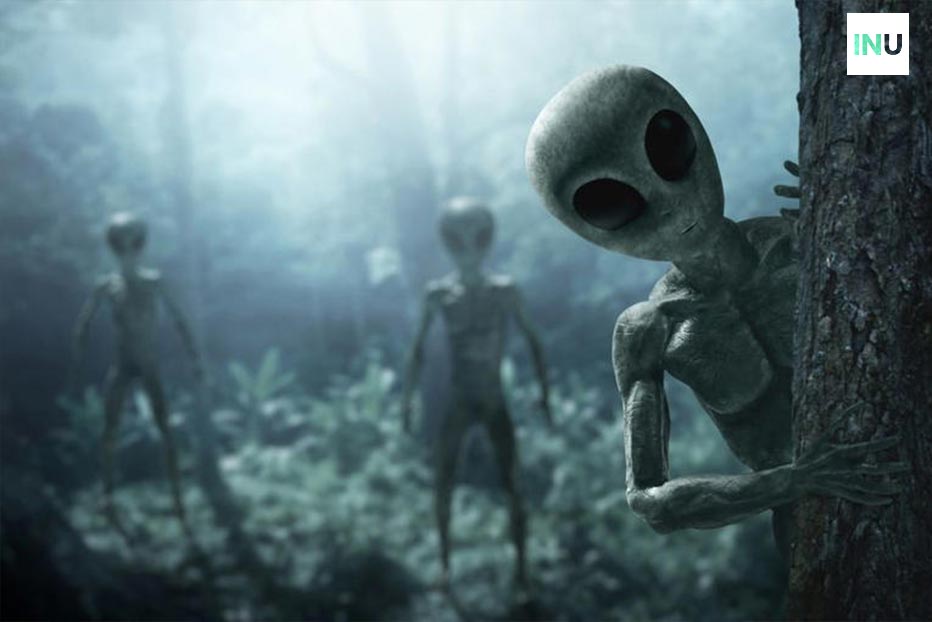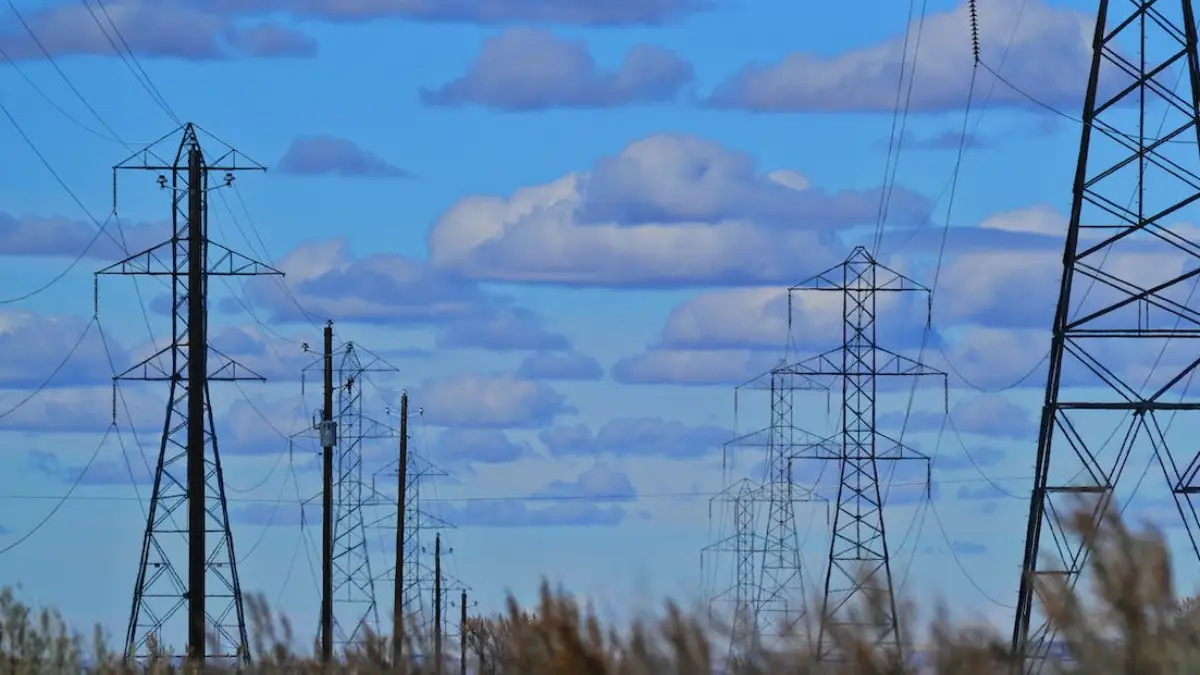Introduction:
In a recent development, NASA’s satellite imagery has uncovered what appears to be the crash site of Russia’s ill-fated lunar lander, Luna 25. This significant revelation sheds light on the dramatic end of Russia’s lunar mission and raises questions about the circumstances surrounding the crash.
Details of the Crash:
The Luna 25 probe, with a substantial weight of 800 kilograms, met a tragic fate when it veered off course and crashed onto the lunar surface. The impact left behind a fresh crater measuring 33 feet in diameter, situated approximately 250 miles away from its originally intended landing site. The discovery of this unexpected lunar disturbance has prompted NASA to conclude that it is the result of the Luna 25 probe’s unsuccessful landing.
NASA’s Confirmation:
NASA’s confidence in this assessment is grounded in previous satellite images that showed no evidence of a crater in the specific area where the Luna 25 crash site is now identified. This compelling evidence strongly suggests that the newfound crater is directly linked to the Luna 25 mission’s unfortunate conclusion.
The Lunar Reconnaissance Orbiter’s Role:
The Luna 25 crash site was pinpointed by NASA’s Lunar Reconnaissance Orbiter, a spacecraft specially designed for lunar observation and exploration. This technological achievement underscores the significance of satellite technology in advancing our understanding of celestial bodies.
Russian Ambitions and Setbacks:
Russia had ambitious objectives for its Luna 25 mission, aiming to collect samples of lunar rock and dust over the course of a year. However, this setback has led to speculation about the presence of systemic corruption within Russia’s space agency, Roscosmos.
Mysterious Circumstances:
The Luna 25 mission has been marred by unexplained occurrences, including the sudden death of Professor Vitaly Melnikov, a prominent rocket scientist who played a pivotal role in the mission. His demise, attributed to “mushroom poisoning,” has raised suspicions of foul play, adding further intrigue to the mission’s unfortunate outcome.
International Contrasts:
In a stark contrast to Russia’s lunar mission, India successfully launched its own moon rover, demonstrating technological prowess in space exploration. Their achievement serves as a reminder of the competitive landscape in the field of space exploration.
Challenges Amidst Embarrassment:
Russia’s Luna 25 mission failure is one in a series of setbacks faced by the nation, notably starting with the protracted war in Ukraine. Despite initial expectations, Ukraine’s resilient defense has prolonged the conflict, resulting in significant casualties on both sides.
Nuclear Posturing:
As Russia faces diplomatic isolation and struggles to garner international support, President Vladimir Putin has resorted to threats of nuclear escalation, adding an alarming dimension to the geopolitical landscape.
In summary, the discovery of Luna 25’s crash site on the moon marks a significant development in lunar exploration. It also raises questions about the circumstances surrounding the mission’s failure and its broader implications.









